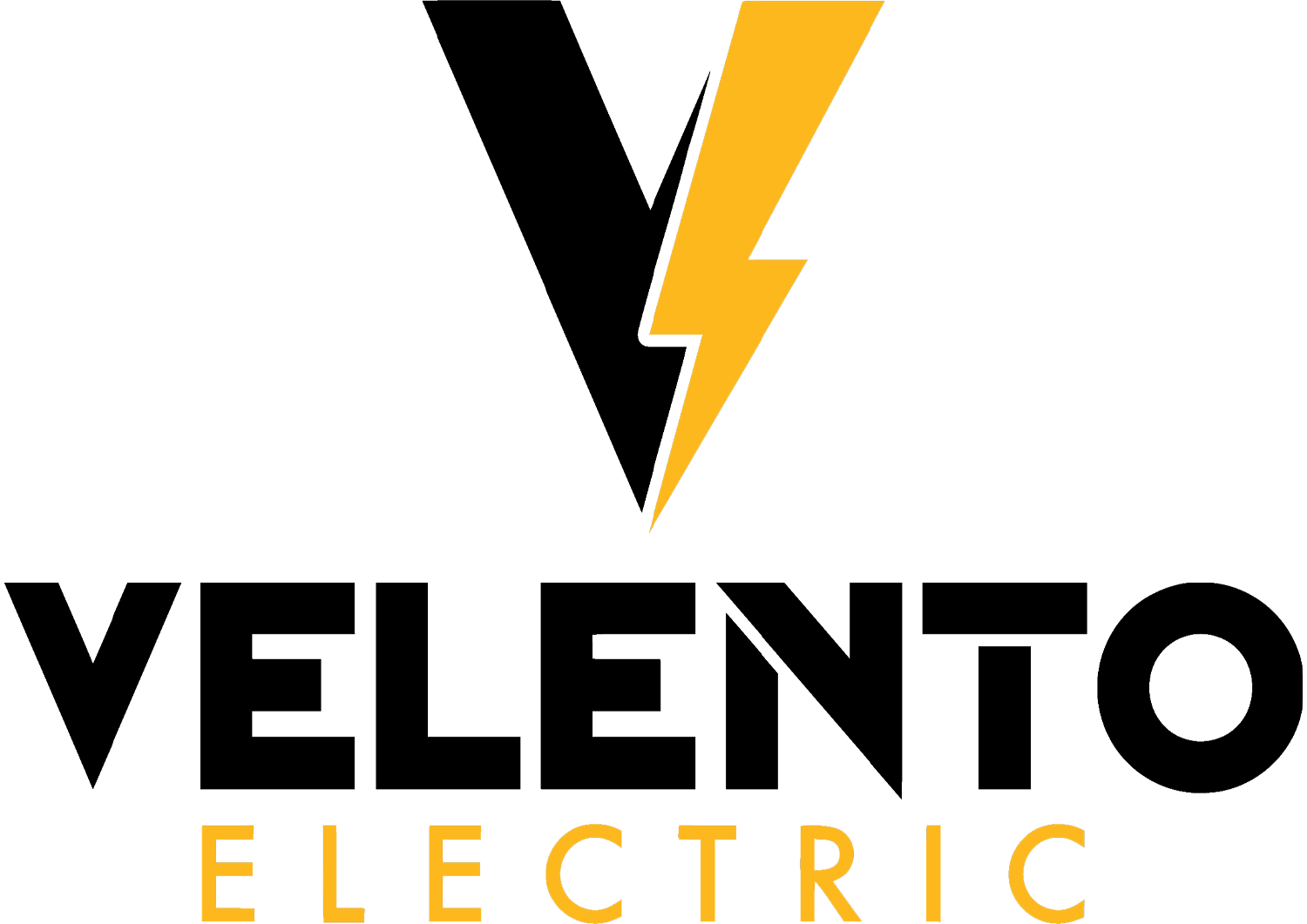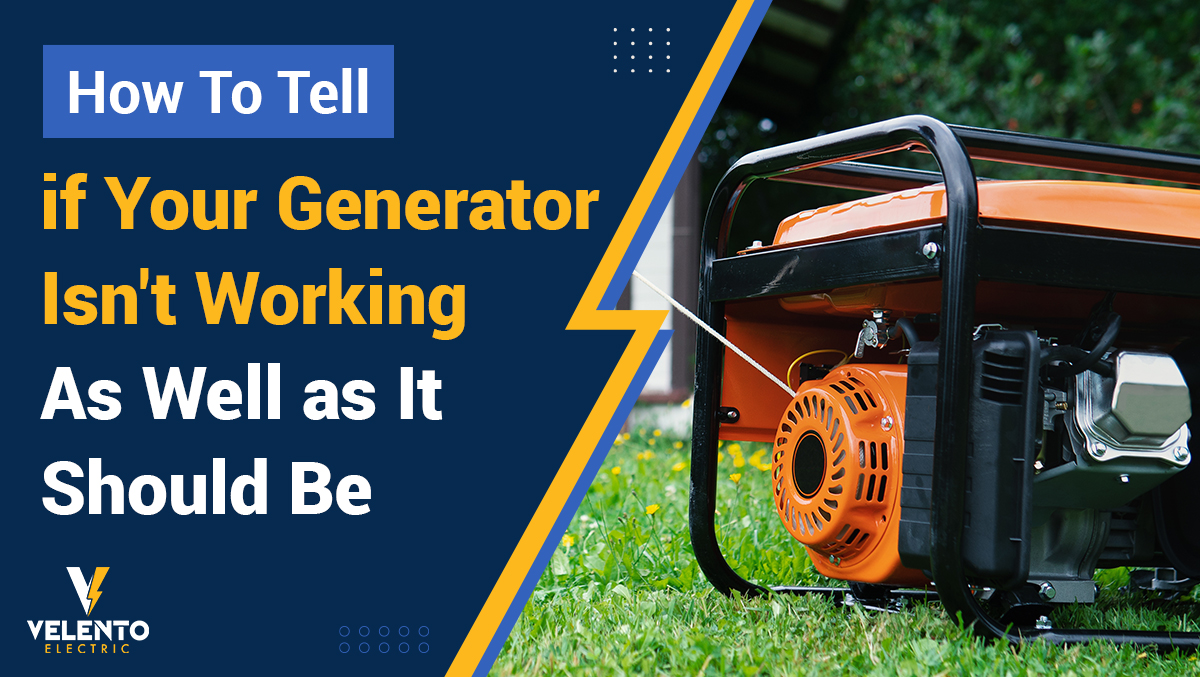Ensuring that your generator is working as it should is crucial for reliable performance, especially during power outages. Here are some key signs that your generator may not be working optimally and might need maintenance or repair:
- Difficulty Starting
If your generator struggles to start or takes multiple attempts, this could indicate issues with the battery, fuel system, or spark plugs. Regularly inspect and replace these components as needed.
- Frequent Stalling or Shutdowns
A generator that frequently stalls or shuts down unexpectedly may have problems with the fuel supply, air filter, or ignition system. Ensure that the fuel tank is full, the fuel is not contaminated, and the air filter is clean.
- Irregular Power Output
If the power output is inconsistent or fluctuates, it might indicate problems with the voltage regulator or alternator. This can lead to insufficient power supply to connected devices and potential damage to the generator.
- Unusual Noises
Any unusual noises such as knocking, sputtering, or rattling could signal mechanical issues. These noises might be caused by loose parts, engine problems, or a failing alternator.
- Excessive Exhaust Smoke
Excessive or colored exhaust smoke (blue, black, or white) can indicate issues such as burning oil, incomplete combustion, or a clogged air filter. Regularly check and maintain the exhaust system and filters.
- Increased Fuel Consumption
A sudden increase in fuel consumption may point to engine inefficiencies or leaks. Inspect fuel lines for leaks and ensure the engine is running smoothly.
- Leaks
Look for any signs of oil, fuel, or coolant leaks. Leaks can cause significant damage if not addressed promptly. Regularly inspect the generator for any fluid drips or puddles.
- Warning Lights or Error Codes
Modern generators often come equipped with diagnostic features that provide warning lights or error codes. Refer to the user manual to understand these indicators and address any issues they highlight.
- Poor Performance Under Load
If the generator struggles to maintain power when additional devices are connected, it might indicate problems with the engine or alternator. Ensure the generator is properly rated for the intended load.
- Overheating
Generators that overheat frequently may have issues with the cooling system. Check coolant levels, clean radiators, and ensure there is proper ventilation around the generator.
Maintenance Tips:
Regular Oil Changes: Follow the manufacturer’s recommendations for oil changes to ensure the engine runs smoothly.
Replace Filters: Regularly replace air, fuel, and oil filters to maintain optimal performance.
Battery Maintenance: Check the battery regularly and replace it as needed to ensure reliable starting.
Professional Servicing: Have your generator serviced by a professional at recommended intervals to identify and fix potential issues before they become serious.
- Vibrations
Unusual or excessive vibrations can indicate imbalances or mechanical issues within the generator. This might be caused by loose or damaged components such as mounts, bolts, or the engine itself. Regularly inspect and tighten any loose parts and replace damaged components to prevent further damage.
- Corrosion or Rust
Visible signs of corrosion or rust on the generator, especially around the battery terminals, electrical connections, or fuel lines, can impair functionality. Regular cleaning and proper storage of the generator in a dry, protected area can prevent these issues.
- Difficulty Handling Load Increases
If your generator has trouble when increasing the load, it may indicate problems with the governor or fuel system. This could mean the governor isn’t adjusting the engine speed correctly or the fuel system isn’t providing enough fuel.
- Physical Damage
Check for any physical damage to the generator’s casing, wiring, or components. Physical damage can affect the performance and safety of the generator, leading to potential hazards such as electrical shorts or fuel leaks.
- Decreased Runtime
A noticeable decrease in the generator’s runtime on a full tank of fuel could indicate inefficiencies in fuel combustion, a clogged fuel line, or an issue with the carburetor. Regular maintenance and cleaning of the fuel system can help maintain optimal performance.
Additional Maintenance Tips:
Test Runs: Regularly perform test runs of your generator, especially before storm seasons or anticipated power outages, to ensure it is functioning properly.
Load Testing: Periodically perform load tests by running the generator with a load similar to what you would use during an outage. This helps ensure the generator can handle the demand.
Store Fuel Properly: Use fuel stabilizers and store fuel in a cool, dry place to prevent it from degrading. Regularly replace stored fuel to ensure it is fresh.
Keep it Clean: Regularly clean the generator to prevent dust and debris from clogging the air filters and cooling vents. This helps in maintaining efficient operation and preventing overheating.
Consulting a Professional:
If you continue to experience issues or notice any of the above signs, it is advisable to consult a professional technician. They can perform a thorough inspection, identify any underlying problems, and make necessary repairs. Regular professional servicing can extend the lifespan of your generator and ensure it operates safely and efficiently when you need it most.
- Electrical Issues
Problems with the generator’s electrical components, such as circuit breakers or wiring, can cause it to malfunction. If you notice that the generator is not providing power consistently or the circuit breakers are frequently tripping, it may indicate an underlying electrical issue. Regular inspections and testing of the electrical system by a qualified technician can prevent these problems.
- Maintenance Log
Keeping a detailed maintenance log can help track the performance and servicing of your generator. This log should include information on oil changes, filter replacements, fuel system maintenance, and any repairs performed. Regularly reviewing this log can help identify patterns or recurring issues, allowing for proactive maintenance.
- User Manual and Manufacturer Guidelines
Adhering to the manufacturer’s guidelines and recommendations in the user manual is essential for maintaining your generator. The manual provides specific instructions on maintenance schedules, part replacements, and operational procedures. Following these guidelines ensures that the generator operates within its intended parameters and maintains its warranty coverage.
- Fuel Quality
The quality of the fuel used in your generator can significantly impact its performance. Using old or contaminated fuel can cause the generator to run inefficiently or fail to start. It’s essential to use high-quality fuel and avoid ethanol-blended gasoline, as ethanol can attract moisture and cause corrosion in the fuel system.
- Environmental Factors
Environmental factors such as extreme temperatures, humidity, and exposure to dust or debris can affect the performance of your generator. Storing the generator in a clean, dry, and climate-controlled environment can help mitigate these issues. Additionally, using a generator cover can protect it from the elements when not in use.
Extended Care Tips:
Regular Professional Inspections: Schedule annual inspections with a certified technician to thoroughly check and maintain your generator. These inspections can identify potential issues early and ensure all components are in good working condition.
Battery Care: Regularly check the battery’s charge and clean the terminals to ensure reliable starting. Replace the battery according to the manufacturer’s recommendations or if it shows signs of wear.
Lubrication: Proper lubrication of moving parts is crucial for reducing wear and tear. Follow the manufacturer’s guidelines for lubricating components and changing the oil at specified intervals.
Coolant System Maintenance: For liquid-cooled generators, maintaining the coolant system is essential to prevent overheating. Check coolant levels regularly and replace the coolant as recommended by the manufacturer.
Filter Replacement: Replace air, fuel, and oil filters according to the maintenance schedule. Clogged filters can restrict airflow and fuel delivery, reducing the generator’s efficiency and lifespan.
Advanced Troubleshooting:
If your generator exhibits persistent issues despite regular maintenance, advanced troubleshooting may be necessary. This can include:
Compression Testing: Assessing the engine’s compression to identify potential problems with valves, piston rings, or the cylinder head.
Load Bank Testing: Using a load bank to simulate the generator’s operational load and evaluate its performance under various conditions.
Oscilloscope Analysis: Utilizing an oscilloscope to analyze the generator’s electrical output and detect anomalies in voltage and frequency.
- Generator Vibration Analysis
Unusual or excessive vibrations can indicate imbalances, wear, or damage to internal components. Regular vibration analysis can help diagnose these issues early. Specialized tools can measure vibration levels and identify specific problems such as imbalanced rotors or worn bearings. Addressing these issues promptly can prevent more severe damage and extend the life of the generator.
- Firmware and Software Updates
Modern generators often include digital control systems that require periodic firmware and software updates to ensure optimal performance. Keeping the generator’s software up-to-date can improve efficiency, fix bugs, and enhance overall functionality. Check with the manufacturer for any available updates and follow their instructions for installation.
- Regular Load Testing
Performing regular load tests ensures that your generator can handle the power demands it will face during actual use. Load tests involve running the generator under a simulated load to verify that it produces the required power and operates efficiently. This practice helps identify potential issues with the fuel system, electrical output, and cooling system.
- Comprehensive Inspections
Schedule comprehensive inspections by certified professionals at least once a year. These inspections should cover all aspects of the generator, including the engine, alternator, fuel system, cooling system, and control panel. A thorough inspection can reveal hidden issues that might not be apparent during routine maintenance.
- Environmental Adaptations
Consider adapting your generator setup to the specific environmental conditions it will face. For example, in cold climates, installing block heaters and using cold-weather oil can improve starting and operation in low temperatures. In hot climates, ensuring adequate ventilation and possibly adding auxiliary cooling fans can prevent overheating.
- Component Upgrades
As technology advances, upgrading certain components of your generator can enhance its performance and reliability. This might include installing advanced control panels, more efficient alternators, or improved fuel systems. Consult with the manufacturer or a professional technician to explore potential upgrades that could benefit your generator.
- Proactive Replacement of Wear Parts
Some parts of the generator, such as belts, hoses, and seals, wear out over time and should be replaced proactively to avoid unexpected failures. Keeping a schedule for the replacement of these parts, even if they have not yet failed, can help maintain the generator’s reliability.
- Training for Users
Ensuring that all users and operators of the generator are properly trained is crucial. They should understand the correct operating procedures, basic troubleshooting steps, and safety protocols. Regular training sessions can help prevent operator error and ensure the generator is used correctly.
- Safety Checks
Conduct regular safety checks to ensure all safety features are functioning correctly. This includes verifying that emergency stop buttons, circuit breakers, and fire extinguishers are in good working order. Ensuring that safety protocols are followed can prevent accidents and damage to the generator.
- Emergency Preparedness
Develop and practice an emergency preparedness plan that includes the use of your generator. This plan should cover scenarios such as prolonged power outages, natural disasters, and other emergencies. Having a well-thought-out plan ensures that you can rely on your generator when it is needed most.
Conclusion
Maintaining and troubleshooting your generator involves a comprehensive approach that includes regular maintenance, monitoring, and proactive measures. By addressing signs of potential issues early, conducting regular inspections and load tests, updating software, and ensuring proper training for users, you can ensure that your generator remains reliable and efficient. Incorporating advanced diagnostic tools, component upgrades, and safety checks further enhances the performance and longevity of your generator. If you encounter persistent or complex issues, consulting with a professional technician is recommended to ensure safe and effective resolution.












